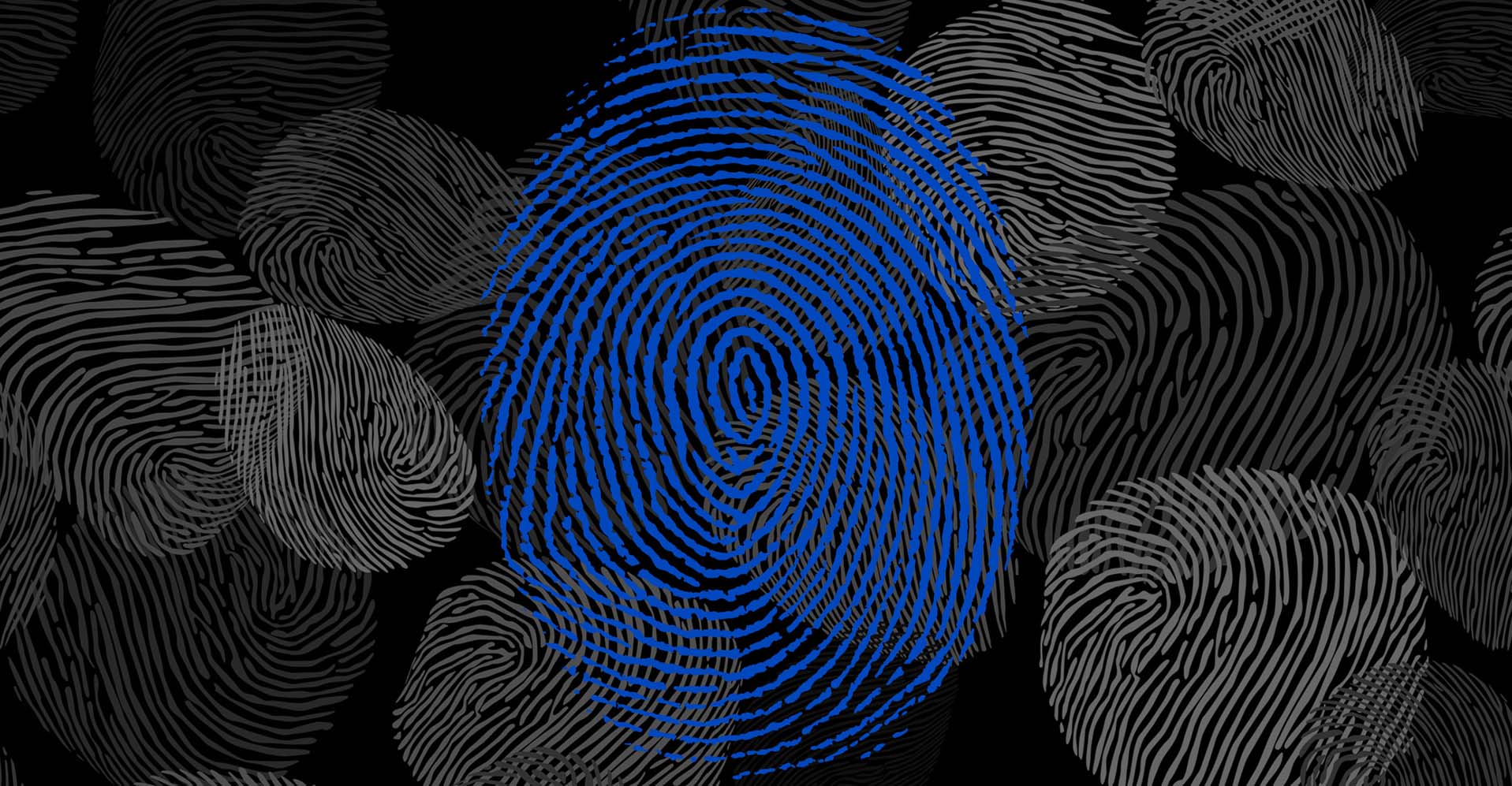In a marketplace where attention is the new currency, the impact of a detail-minded brand identity can be profound. A compelling brand doesn’t just sit quietly on the sidelines; it actively engages, converts, and retains your audience.
Evolutionary vs. Revolutionary Design
In the realm of identity redesign packages, there’s a strategic decision to be made: whether to evolve an existing brand identity or revolutionize it completely. Both approaches serve different business needs and result in distinct shifts in market perception. And each result in different deliverables in your brand package. By examining real-world examples, we can see the impact of each strategy.
Brand Refresh aka Evolutionary
For brands with a solid market standing but an outdated identity, a refresh could mean fine-tuning visuals and messaging to capture a new generation of consumers without alienating loyal ones. This is about evolution rather than revolution.
Evolutionary Brand Refresh: Starbucks
A quintessential example of an evolutionary brand refresh is Starbucks. In 2011, Starbucks made a subtle yet significant change to their logo by removing the words “Starbucks Coffee” and the outer green circle, leaving just the iconic siren. This evolution was designed to signify Starbucks’ expansion beyond coffee into a broader range of products and experiences. The refresh maintained the essence and heritage of the original logo while simplifying it to adapt to new markets and product lines. The update was met with positivity, reinforcing Starbucks’ position as a premium brand and enhancing its global recognition. The shift also allowed Starbucks to operate more flexibly across various markets and platforms, proving that small, strategic tweaks in brand identity can fortify an already strong market presence.
Honor the past, stay relevant, and push growth forward—all without losing what made the brand strong in the first place.
Actionable Steps to Expect During an Evolutionary Re-Design:
- Auditing Existing Brand Elements: Review current branding, including logos, color palettes, and messaging. Identify elements that are iconic and resonant with your audience.
- Research Market Trends: Understand new trends and preferences in your industry. Look at what competitors are doing and how consumer expectations are evolving.
- Implement Subtle Changes: Introduce subtle changes that reflect modern tastes while maintaining the brand’s essence. This could be a streamlined logo, updated typography, or refreshed color schemes.
Balancing Legacy and Innovation
An evolutionary rebrand may seem subtle, but it’s a strategic balancing act. It takes deep research, precise planning, and a sharp design eye to refresh a brand while preserving its core. The goal? Honor the past, stay relevant, and push growth forward—all without losing what made the brand strong in the first place.
Complete Rebrand aka Revolutionary
If your company is pivoting its business model or has outgrown its original mission, a complete rebrand might be necessary. This revolutionary approach reinvents the brand from the ground up, creating new opportunities for connection and engagement.
Revolutionary Brand Redesign: Dunkin’ (formerly Dunkin’ Donuts)
On the revolutionary side, Dunkin’ Donuts’ rebrand to simply ‘Dunkin” in 2019 marked a dramatic shift in brand identity. This change was more than just dropping a word; it represented a new business focus. Moving away from being seen primarily as a doughnut shop, Dunkin’ aimed to be recognized as a beverage-led, on-the-go brand. The new branding included a modernized logo, a brighter color palette, and a more contemporary typeface. This rebrand was about transforming market perception to emphasize speed, convenience, and a wider range of offerings beyond just doughnuts. The outcome was significant, with Dunkin’ successfully repositioning itself in the competitive fast-food and quick-service restaurant sector, appealing to a younger, more lifestyle-conscious consumer base.
Actionable Steps to Expect During a Revolutionary Re-Design:
- Redefining Brand Strategy: Establish a new vision, mission, and values that reflect the future direction of the company. Ensure that every aspect of the brand aligns with this new strategy.
- Create Distinctive Brand Elements: Develop a new logo, tagline, and visual identity from scratch that can clearly communicate the new brand message and appeal to new demographics.
- Launch and Educate: Introduce the rebrand with a powerful launch strategy. Educate your existing customers about the reasons behind the rebrand and how it benefits them.
This revolutionary approach reinvents the brand from the ground up, creating new opportunities for connection and engagement.
So, how do these strategies impact market perception?
In the case of Starbucks, the evolutionary approach reinforced and strengthened the existing brand values and heritage, ensuring that current customers felt a continuity while also attracting new customers with its modernized, international appeal.
For Dunkin’, the revolutionary approach was necessary to shift consumer perceptions drastically and capture a new segment of the market that aligns with broader food and beverage trends.
Both strategies illustrate how deeply branding is intertwined with business strategy and consumer perception. Choosing between an evolutionary or revolutionary approach for your branding package depends on the goals of the rebrand, the current state of the brand, and how drastically the company needs to shift its market position or offerings.
In both scenarios, the companies saw a reinforced brand equity, enhanced market presence, and alignment with their strategic business goals, proving that whether you choose to evolve or revolutionize, the alignment of the brand with business objectives is crucial to success.
…whether you choose to evolve or revolutionize, the alignment of the brand with business objectives is crucial to success.
Key Inquiries for Big-Picture Business Leaders
To carve out the most authentic and impactful direction for your brand’s evolution, reflect on these essential questions:
1. What are my strategic objectives for rebranding?
Are you looking to attract a new customer base or to modernize your brand to keep up with current trends?
2. How do my current customers perceive my brand, and how might they react to changes?
Will they appreciate a refreshed look, or is there a risk of alienating them with too drastic a change?
3. What is the competitive environment in my industry?
How are my competitors positioning themselves, and is there a market gap that a rebrand could exploit?
4. Does my current brand align with where I see the company in five to ten years?
Is your current branding a fit for the markets and products you aim to compete in or offer in the future?
5. What is the scope and scale of the change I’m considering?
Are you looking at a few tweaks to your visual identity, or are you considering a complete overhaul of your brand’s mission and values?
6. What is the potential impact on my business operations?
How will a rebrand affect your operations, marketing, and overall business strategy?
7. What resources are available for the rebranding effort?
Do you have the financial and human resources to execute a subtle refresh or a comprehensive overhaul?
So, what’s best for your business?
Deciding whether to evolve or revolutionize your brand is a pivotal step in shaping the future of your business. While both strategies can deliver powerful results, the key lies in aligning your rebrand with your big-picture business goals. A graphic designer can help you audit your current brand, identify opportunities for growth, and determine the best path forward. Whether it’s a subtle refresh or a bold reinvention, a professional designer ensures that your rebrand captures your brand’s essence while propelling it toward new heights.
Ready to take the next step? Reach out today to explore how clarifying your big-picture business goals can help your brand thrive.







